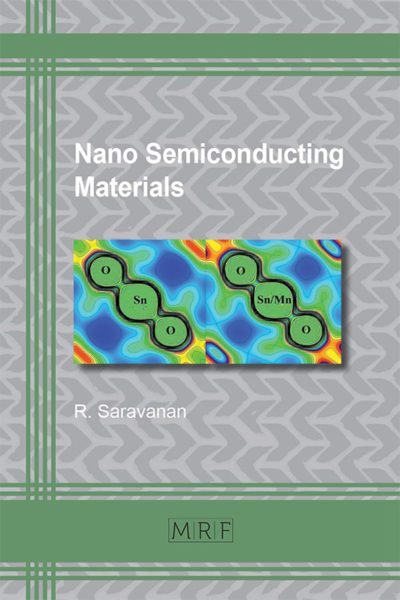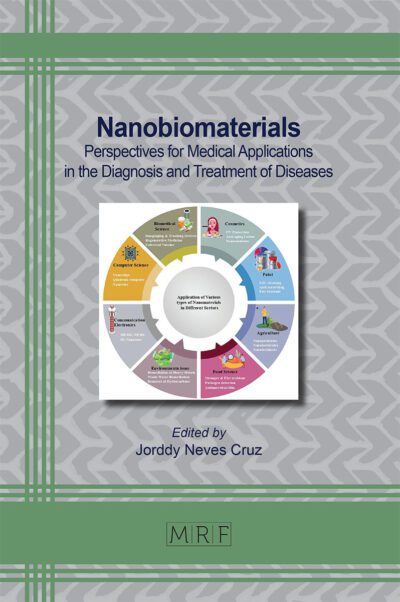Numerical and experimental studies of molten pool phenomena influence on dissimilar materials coatings by L-PBF
JACQUOT Amaury, SOVEJA Adriana, LEMAOULT Yannick, BOHER Christine, MARCOUX Manuel, ESCAPE Christophe
download PDFAbstract. Over the past few years, Laser Powder Bed Fusion (L-PBF) has become increasingly popular, as this method enables energy and material savings during the manufacturing process. 3D L-PBF parts, based on computer-designed geometries, are generated layer by layer using laser energy. Since the beginning of these studies several decades ago, significant progress has been made in the understanding of additive manufacturing, particularly with regard to properties, structure and in situ monitoring. However, the scientific manufacturing community has yet to achieve optimal operational reliability. Presently, numerous defects remain a major problem for parts produced by L-PBF. These defects are mainly caused by the movement of the molten material and its rate of solidification within the melt, which is also influenced by the thermal phenomena of the process. In the L-PBF manufacturing process, the main challenge is to control the complex interdependence of these phenomena [1]. The aim of this work is therefore to study the various physical aspects during a Laser Powder Bed Fusion (L-PBF) process. For this purpose, it is necessary to provide a numerical model with specific works on experimental characterizations of materials at high temperature (up to 1000 °C) as a model’s input parameters, such as the thermal or optical properties of cobalt based powder (CoCrMo) used in our study. In addition to material characterization, theoretical model studies have been used to determine the thermal properties of L-PBF powder [2], in particular thermal diffusivity. This model is also validated by specific experimental characterizations, involving the dilution of iron substrates in a CoCrMo alloy deposit and temperature measurements during the manufacturing process. Furthermore, the amount of iron transferred from the substrate to the coating can be used as an indicator of the molten metal movement in the melt and, ultimately, of the operating parameters used to apply the coating. Too much iron on the surface impairs the mechanical strength of the substrate-coating assembly, thus indicates poor control of the parameters used for this purpose [1].
Keywords
L-PBF Process, Heat Transfer, Multiphysics Model, Characterization
Published online 4/24/2024, 10 pages
Copyright © 2024 by the author(s)
Published under license by Materials Research Forum LLC., Millersville PA, USA
Citation: JACQUOT Amaury, SOVEJA Adriana, LEMAOULT Yannick, BOHER Christine, MARCOUX Manuel, ESCAPE Christophe, Numerical and experimental studies of molten pool phenomena influence on dissimilar materials coatings by L-PBF, Materials Research Proceedings, Vol. 41, pp 12-21, 2024
DOI: https://doi.org/10.21741/9781644903131-2
The article was published as article 2 of the book Material Forming
![]() Content from this work may be used under the terms of the Creative Commons Attribution 3.0 license. Any further distribution of this work must maintain attribution to the author(s) and the title of the work, journal citation and DOI.
Content from this work may be used under the terms of the Creative Commons Attribution 3.0 license. Any further distribution of this work must maintain attribution to the author(s) and the title of the work, journal citation and DOI.
References
[1] C. Boher, T. Younsi, A. Soveja, et M. Chaussumier, « Influence of iron dilution on plastic deformation mechanisms in cobalt-based alloys: Consequence of phase transformations on tribological behavior », Wear, vol. 524 525, p. 204845, juill. 2023. https://doi.org/10.1016/j.wear.2023.204845
[2] T. DebRoy et al., « Additive manufacturing of metallic components – Process, structure and properties », Progress in Materials Science, vol. 92, p. 112 224, mars 2018. https://doi.org/10.1016/j.pmatsci.2017.10.001
[3] J. P. Oliveira, T. G. Santos, et R. M. Miranda, « Revisiting fundamental welding concepts to improve additive manufacturing: From theory to practice », Progress in Materials Science, vol. 107, p. 100590, janv. 2020. https://doi.org/10.1016/j.pmatsci.2019.100590
[4] T. Younsi, C. Boher, et A. Soveja, « Influence of interlayer time on the microstructural state of CoCrMo coatings applied by selective laser melting on an iron-based substrate for different numbers of layers », Materials Today Communications, vol. 32, p. 103776, août 2022. https://doi.org/10.1016/j.mtcomm.2022.103776
[5] A. Jacquot, A. Soveja, Y. Le Maoult, C. Boher, et M. Marcoux, « Apport des caractérisations thermiques et thermo-optiques pour le renforcement du lien essais-calculs en fabrication additive L-PBF », 2023. https://doi.org/10.25855/SFT2023-025
[6] S. S. Sih et J. W. Barlow, « The Prediction of the Emissivity and Thermal Conductivity of Powder Beds », Particulate Science and Technology, vol. 22, no 4, p. 427 440, oct. 2004. https://doi.org/10.1080/02726350490501682
[7] W. F. Gale et T. C. Totemeier, Éd., « 8 – Thermochemical data », in Smithells Metals Reference Book (Eighth Edition), Oxford: Butterworth-Heinemann, 2004, p. 8 1. doi: 10.1016/B978-075067509-3/50011-7
[8] A. V. Gusarov, I. Yadroitsev, Ph. Bertrand, et I. Smurov, « Model of Radiation and Heat Transfer in Laser-Powder Interaction Zone at Selective Laser Melting », Journal of Heat Transfer, vol. 131, no 7, p. 072101, juill. 2009. https://doi.org/10.1115/1.3109245
[9] C. D. Boley, S. A. Khairallah, et A. M. Rubenchik, « Calculation of laser absorption by metal powders in additive manufacturing », Appl. Opt., vol. 54, no 9, p. 2477, mars 2015. https://doi.org/10.1364/AO.54.002477
[10] S. A. Khairallah, A. T. Anderson, A. Rubenchik, et W. E. King, « Laser powder-bed fusion additive manufacturing: Physics of complex melt flow and formation mechanisms of pores, spatter, and denudation zones », Acta Materialia, vol. 108, p. 36 45, avr. 2016. https://doi.org/10.1016/j.actamat.2016.02.014
[11] S. A. Khairallah et A. Anderson, « Mesoscopic simulation model of selective laser melting of stainless steel powder », Journal of Materials Processing Technology, vol. 214, no 11, p. 2627 2636, nov. 2014. https://doi.org/10.1016/j.jmatprotec.2014.06.001
[12] Y. Li et D. Gu, « Parametric analysis of thermal behavior during selective laser melting additive manufacturing of aluminum alloy powder », Mater. Des., vol. 63, p. 856 867, nov. 2014. https://doi.org/10.1016/j.matdes.2014.07.006
[13] A. Métais, S. Matteï, I. Tomashchuk, E. Cicala, et S. Gaied, « Dissimilar steels laser welding: Experimental and numerical assessment of weld mixing », Journal of Laser Applications, vol. 29, no 2, p. 022420, juin 2017. https://doi.org/10.2351/1.4983168.
[14] A. K. Mishra et A. Kumar, « Numerical and experimental analysis of the effect of volumetric energy absorption in powder layer on thermal-fluidic transport in selective laser melting of Ti6Al4V », Optics & Laser Technology, vol. 111, p. 227 239, avr. 2019. https://doi.org/10.1016/j.optlastec.2018.09.054
[15] M. Bayat, S. Mohanty, et J. H. Hattel, « Multiphysics modelling of lack-of-fusion voids formation and evolution in IN718 made by multi-track/multi-layer L-PBF », International Journal of Heat and Mass Transfer, vol. 139, p. 95 114, août 2019. https://doi.org/10.1016/j.ijheatmasstransfer.2019.05.003
[16] Q. Chen, G. Guillemot, C.-A. Gandin, et M. Bellet, « Three-dimensional finite element thermomechanical modeling of additive manufacturing by selective laser melting for ceramic materials », Additive Manufacturing, vol. 16, p. 124 137, août 2017. https://doi.org/10.1016/j.addma.2017.02.005
[17] V. Klapczynski et al., « Temperature and time dependence of manganese evaporation in liquid steels. Multiphysics modelling and experimental confrontation », Scripta Materialia, vol. 221, p. 114944, déc. 2022. https://doi.org/10.1016/j.scriptamat.2022.114944

































